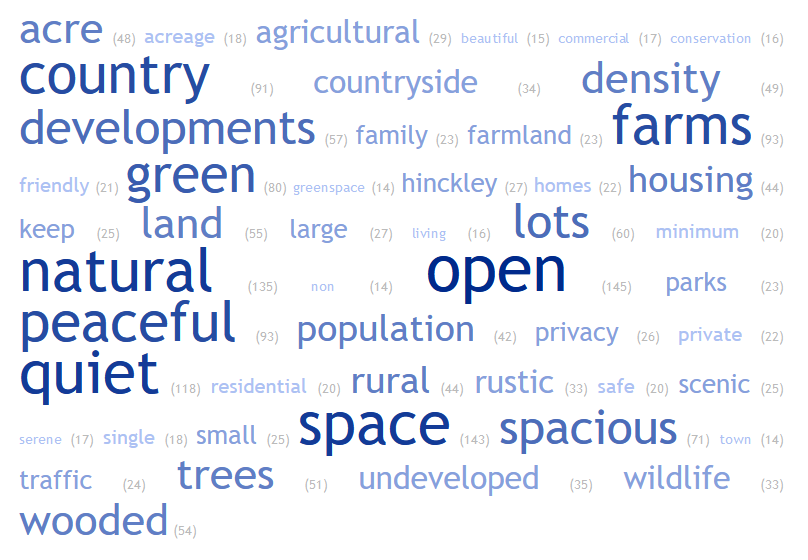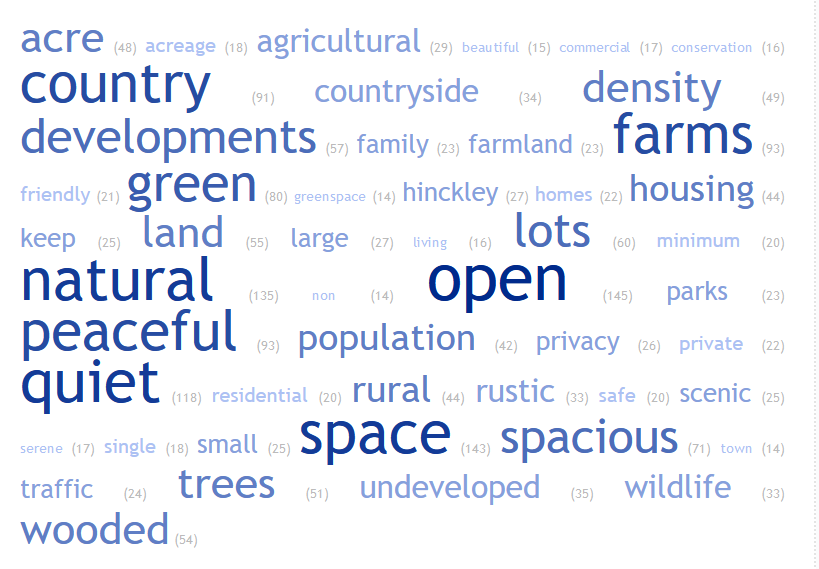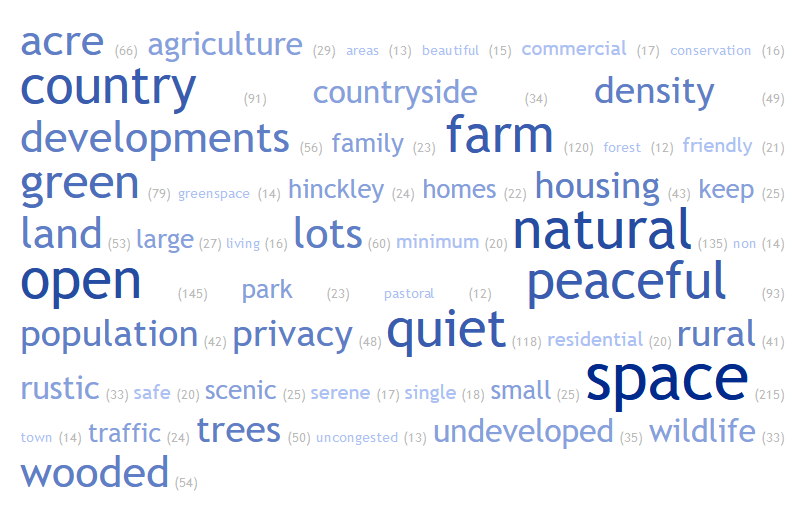Long blurb I’ve written in response to the public outcry about the Hinckley Township BZA approving a conditional use permit for Pride One to construct senior apartment housing in a business district:
Since ‘senior housing’ is a conditional use in business districts, my opinion is that our zoning resolution put the BZA in a bind where they *had* to approve the request. When the BZA rule on something, decisions can be appealed in court. Now, if you wanted to build a shed a few feet into a riparian setback and they said no, you probably wouldn’t blow a couple grand on a lawyer to convince a Medina County Court of Appeals judge that the BZA were wrong. Big companies, on the other hand, will absolutely do that. Almost every case I see in the court docket is <Some Company> v <Some Township’s BZA>.
The setback variances, as an example, the company never presented any good justification for *needing* the variance. They wanted to build more stuff and ‘needed’ to build where they weren’t allowed to in order to have more units to rent. “I want to do it” isn’t the bar you’ve got to pass when requesting a variance (otherwise zoning rules would be pointless!). Had they taken appealed the denial in court, I expect the BZA’s decision would have stood. There are cases where the court determined that you don’t have a right to the *best* use of your property — in this case, they don’t have a right to pack as many units in the lot as possible.
The conditional use approval? If it had been denied, Pride One would likely have won an appeal (and quickly). We’d have the facility right where they wanted it, and they could have gone after the township for “damages” — legal fees, lost business, etc. Why? Because ‘senior housing’ is specifically listed as a conditional use for business districts. Our township comprehensive plan says residents *want* senior housing so long-time residents who no longer want to care for two acres don’t have to move away from the township. It’s not like we’ve got five other senior housing facilities that have already more than sufficiently addressed this need. There’s nothing in our zoning or comprehensive plan that says we want to slow the creation of senior housing facilities. They’ve got a lot of evidence that their senior housing facility should be allowed. I cannot think of any good (i.e. would stand up in court) reason the BZA could have given for denying the conditional use.
Which, of course, begs the question ‘why are we allowing senior housing in business districts!?!’ … and that, it seems, is the result of a comprehensive plan that got feedback from some 6% of the residents back in 2014 or 2015. Why would someone say “ok, that’s a reasonable response rate … I’m going to write up what the township wants based on these responses” is a great question. It seemed, from the past few Trustee meetings, that it’s possible to revise the comprehensive plan earlier than planned. That would be the first step in avoiding this in the future — once the plan changes, it’s reasonable to revise the zoning resolution to address the newly stated desires of the township. And, if there is an update to the master plan, make sure you respond to whatever survey is used. Make sure your friends who live in the township respond. Make sure your neighbors respond. Claiming to develop a plan based on responses from a small sampling of residents is absurd. Be specific — if you think we need more senior housing but don’t want apartments, then specify single-family residential senior housing.
I’d encourage people to read through the zoning resolution (https://www.hinckleytwp.org/content/zoning-regulations) and identify anything *else* that they don’t like. Look at the full list of conditional uses — you don’t want a hospital, then hospital shouldn’t be a conditional use either. Instead of reacting after the fact, we need to push through changes *before* whatever-it-is starts being built. Existing stuff gets grandfathered in (i.e. the senior housing is there even if we change the regulations), but new construction is limited by the new rules. Read the comprehensive plan (https://www.hinckleytwp.org/content/comprehensive-plan-master-policy-plan) and see if (1) it accurately reflects what you want to see in the community going forward and (2) if you think that plan is reasonably addressed by the zoning resolution.
Get engaged — attend township meetings (we’re starting to record the meetings and posting them on YouTube for people who aren’t able to join meetings at the scheduled time — https://www.youtube.com/channel/UCTffOEhdDc7UO0fN-tgyEnw) or read the minutes. Email the trustees to let them know what you think. Do you think the comprehensive plan needs to be updated? Should there be a minimum response rate to consider feedback to be representative of the community’s desires? Maybe you think the Township should explore adding a growth management plan — limiting the number of building permits available. Hudson did so to ensure the City didn’t grow faster than the capabilities of city services (police, fire). Maybe you think the lot size or setbacks need to be increased. Maybe you think everything is awesome the way it is. Whatever you think, make sure your voice is heard.











